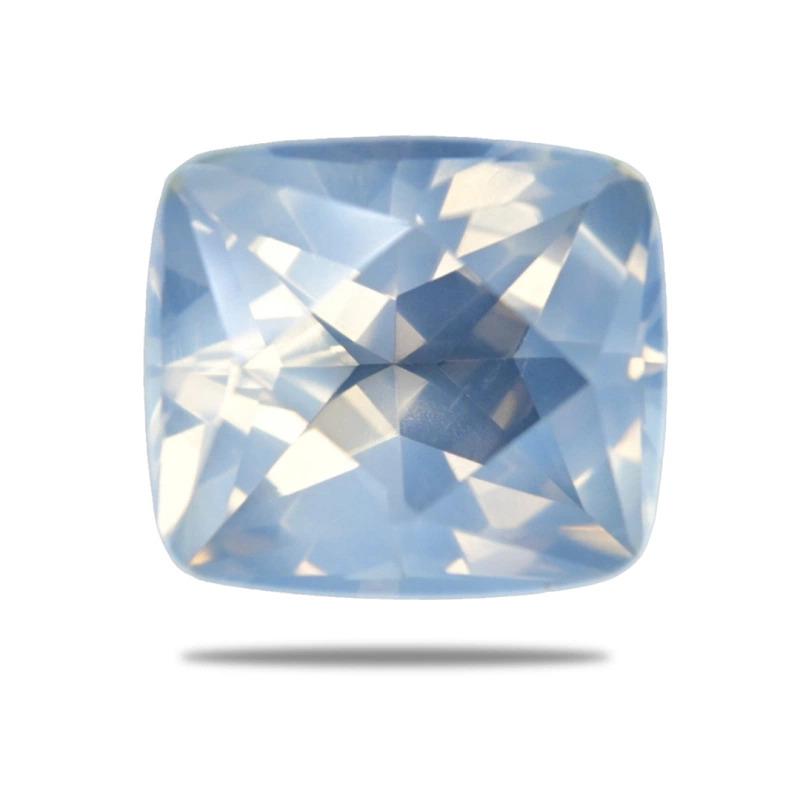
Piedras natales de junio: Perla, alejandrita y piedra lunar
Solo hay dos meses con tres piedras de nacimiento oficiales, ¡y junio es uno de ellos! ¿Cuáles son las tres piedras preciosas de junio? Las piedras de nacimiento oficiales de junio son la piedra lunar, la perla y la alejandrita.
En la antigua Roma, junio se llamaba Junius o lunius , en honor a la diosa del matrimonio, Juno, o del latín iuniores, que significa "juventud".
Las celebraciones antiguas que se celebraban en junio incluían la Rosalía (festival de las rosas), Vestalia (en honor a la diosa del hogar Vesta y la repurificación de Roma) y el solsticio de verano (primer día del verano).
El solsticio de verano todavía se celebra hoy en día, junto con los días festivos modernos de junio, como el Día del Padre, el Mes del Orgullo LGBTQ+ y el Día Internacional del Niño.
Junio representa la emoción, el equilibrio y el rejuvenecimiento. También se asocia con el matrimonio, y la temporada de bodas alcanza su máximo esplendor en junio.
Las tres piedras natales de junio reflejan estos ideales: alejandrita, perla y piedra lunar. Hoy, repasaremos la historia, las propiedades y el atractivo de estas piedras natales de junio.
video: https://www.youtube.com/watch?v=v2PJNAbPgU8
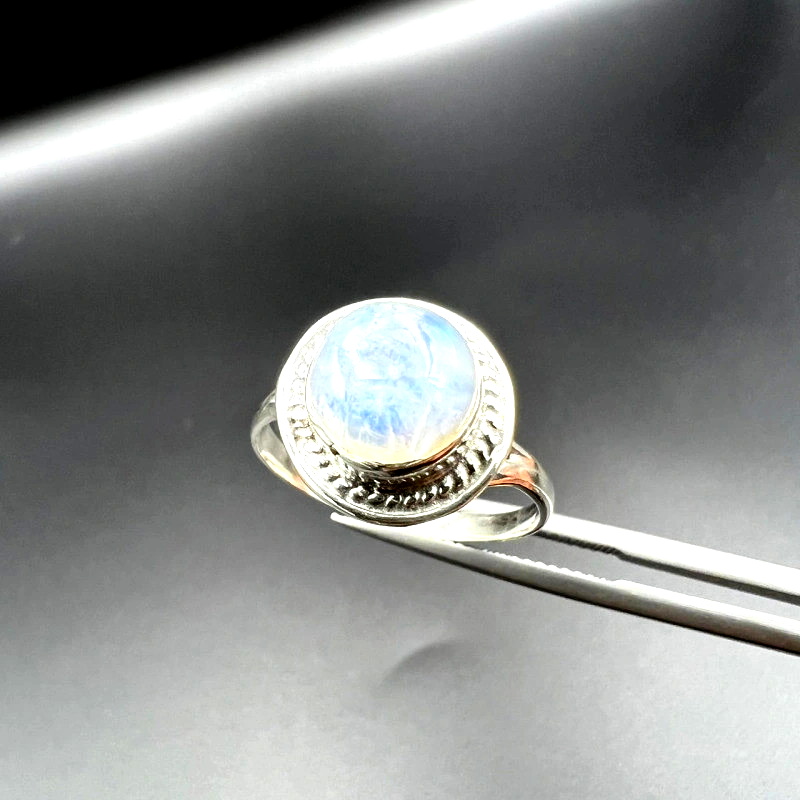 En la imagen de arriba: Anillo de piedra lunar
En la imagen de arriba: Anillo de piedra lunar
Importancia histórica y cultural de las piedras natales de junio
Probablemente te preguntes: ¿por qué hay tres piedras de nacimiento para junio? Bueno, no siempre fueron tres.
Cambios en la piedra natal de junio a lo largo del tiempo
Las primeras listas de piedras de nacimiento derivadas de textos bíblicos interpretaron las piedras de nacimiento de junio como ágata o esmeralda , ahora piedras de nacimiento de mayo .
Dando inicio a las listas de piedras de nacimiento modernas formalizadas, Tiffany & Co. publicó un folleto de “Poemas gregorianos sobre piedras de nacimiento” en 1870, acreditado a un “autor desconocido”, con perla para junio.
La primera lista oficial estandarizada, creada por la Asociación Nacional de Joyeros (actualmente Joyeros de América) en 1912, incluía la perla en primer lugar, con la piedra lunar como alternativa. Esta lista también se reflejó en la lista británica de 1937 de la Asociación Nacional de Orfebres.
El Consejo de la Industria Joyera de Estados Unidos modificó la lista de 1912 en la década de 1950 para agregar alejandrita para junio.
¿Por qué cambió la piedra de nacimiento de junio? La alejandrita era una gema relativamente nueva, y una teoría es que los joyeros creían que la alejandrita era más abundante que la perla, lo cual no es cierto hoy en día.
A continuación, veamos la historia individual de cada piedra preciosa semipreciosa .
 En la imagen superior: Adorno para el cabello de oro de la antigua Roma del siglo III engastado con perlas, esmeraldas y zafiros; exhibido en el Museo Británico | Crédito de la imagen: Vassil, dominio público
En la imagen superior: Adorno para el cabello de oro de la antigua Roma del siglo III engastado con perlas, esmeraldas y zafiros; exhibido en el Museo Británico | Crédito de la imagen: Vassil, dominio público
Perlas en las civilizaciones antiguas y la mitología
El registro escrito más antiguo sobre perlas data del 2206 a. C., cuando se regalaron perlas de agua dulce a la realeza china. La joya de perlas más antigua conocida, que data de alrededor del 420 a. C., es el collar "Perlas de Susa". La evidencia arqueológica también apunta al uso prehistórico de nácar en el valle del Indo y Sri Lanka.
Los antiguos griegos asociaban las perlas con la grandeza, creyendo que las piedras de nacimiento se formaban a partir de las lágrimas de Afrodita, la diosa del amor, quien, según los mitos, también nació del mar. De igual manera, las antiguas leyendas japonesas afirmaban que las perlas provenían de las lágrimas de sirenas o ninfas.
Los antiguos romanos las llamaban margaritae o unio . Usaban las perlas como símbolo de estatus, y solo las usaban los ricos y nobles.
En el antiguo Egipto , las perlas se asociaban con Isis, diosa de la curación, y se depositaban en las tumbas. Una historia famosa cuenta que Cleopatra ganó una apuesta con Marco Antonio poniendo uno de sus pendientes de perla en vinagre y bebiéndolo.
Una leyenda hindú dice que las perlas eran gotas de rocío lunar que caían de la luna. Otro mito hindú sobre el origen de la perla cuenta que el dios Krishna encontró la primera perla y se la dio a su hija como regalo de bodas para protegerla de la viudez y asegurarle un matrimonio duradero y exitoso.
Además, los orígenes de la perla en los textos védicos fueron que las aguas de la Tierra y la energía divina concibieron la perla y luego la fertilizaron con un rayo.
En el Islam , el Corán describe las perlas que adornan el Paraíso, como frutas y coronas que se dan a quienes entran al cielo.
Otras interpretaciones del significado de esta piedra natal de junio incluían la protección contra el fuego en la antigua China y la representación de la pureza en Europa.
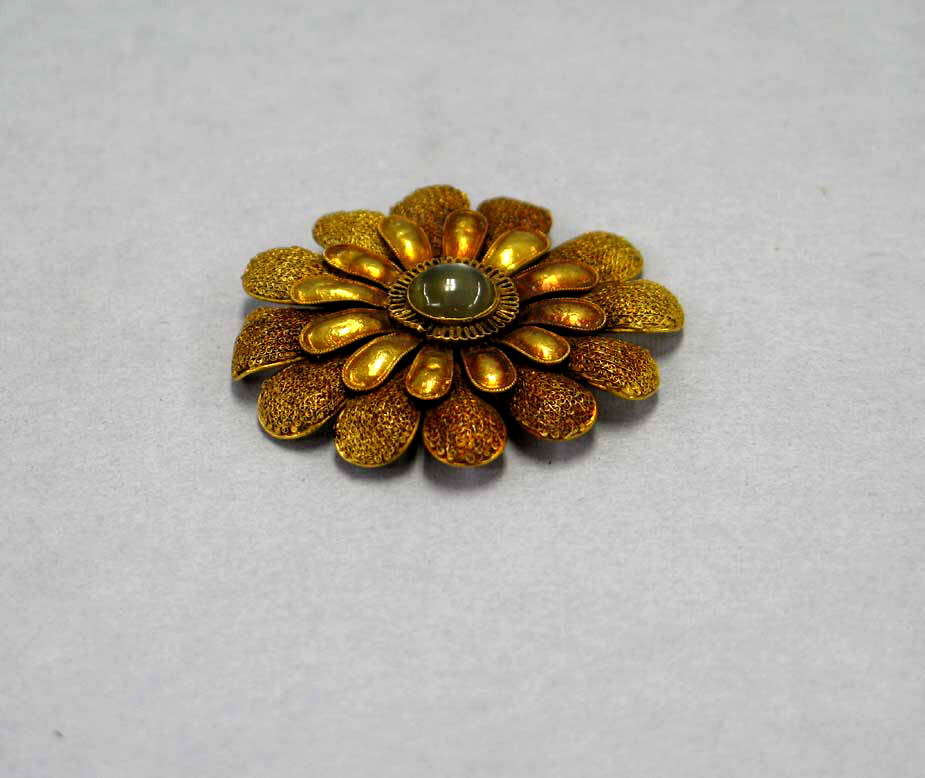 En la imagen superior: Adorno chino de oro con piedras lunares, datado entre 960 y 1279, dinastía Song; exhibido en el Museo Metropolitano de Arte | Crédito de la imagen: Museo Metropolitano, dominio público
En la imagen superior: Adorno chino de oro con piedras lunares, datado entre 960 y 1279, dinastía Song; exhibido en el Museo Metropolitano de Arte | Crédito de la imagen: Museo Metropolitano, dominio público
Historia de la piedra lunar desde la antigüedad hasta la modernidad
El nombre de Moonstone está inspirado en su adularescencia, que parece brillar desde adentro como la suave luz de la luna.
Las antiguas leyendas romanas cuentan que la piedra lunar se formó cuando los rayos de luz lunar se endurecieron y fue un regalo de la diosa lunar Diana. Miraron la piedra para ver a Diana y recibir su amor y sabiduría.
Los antiguos griegos llamaban a la piedra Afroselene , una combinación de Afrodita y la diosa lunar Selene. También asociaban la piedra lunar con Hécate, diosa de la magia, y Artemisa, diosa de la caza y la castidad.
En la antigua India , se decía que las piedras lunares brillaban o se atenuaban en la frente de la diosa de la luna Chandra (o el dios de la luna Ganesh) con las fases crecientes o menguantes de la luna.
Según un mito asiático , las piedras lunares azules llegan a la orilla cada 21 años. Los antiguos asiáticos orientales colgaban piedras lunares en los árboles para promover cosechas abundantes y creían que la luz interna cambiante de la gema indicaba la presencia de un espíritu en su interior.
Los viajeros también usaban talismanes de piedra lunar para protegerse, lo que inspiró el apodo de la piedra de nacimiento de junio, “piedra del viajero”.
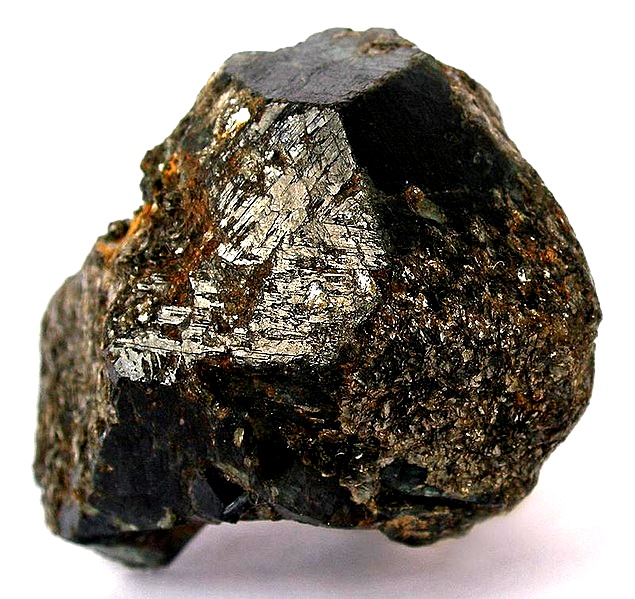 En la imagen superior: Un excelente ejemplar clásico de referencia de alejandrita de la región de los Urales, Rusia, con forma robusta, algo de desgaste en los bordes y gemas internas, pero que, sin embargo, muestra cambios de color. Incluye etiqueta fechada en 1850 | Crédito de la imagen: Rob Lavinsky, iRocks.com – CC-BY-SA-3.0
En la imagen superior: Un excelente ejemplar clásico de referencia de alejandrita de la región de los Urales, Rusia, con forma robusta, algo de desgaste en los bordes y gemas internas, pero que, sin embargo, muestra cambios de color. Incluye etiqueta fechada en 1850 | Crédito de la imagen: Rob Lavinsky, iRocks.com – CC-BY-SA-3.0
El viaje de Alejandrita desde Rusia al mundo
La alejandrita es la piedra natal de junio descubierta más recientemente. Esta gema , que cambia de color entre rojo y verde, fue descubierta en los montes Urales de Rusia en 1834 y recibió su nombre en honor a Alejandro II, el futuro zar, al cumplir 16 años.
Las versiones difieren sobre quién descubrió y bautizó primero la alejandrita. Fueron el mineralogista finlandés Nils Gustaf Nordenskiöld, el gerente de la mina Ural Vasilevich Kokovin, el profesor de mineralogía alemán Gustav Rose o el mineralogista ruso, el conde L. A. Perovskii. En cualquier caso, el conde L. A. Perovskii regaló la gema a Alejandro II por su cumpleaños, el 29 de abril.
Rusia era la única fuente, aunque sus minas estaban casi vacías en la década de 1890. Brasil se convirtió en otra fuente en 1987, seguido de Sri Lanka y Zimbabwe.
La alejandrita rusa se convirtió en un símbolo de prestigio y orgullo nacional, reflejando coincidentemente los colores militares rusos. Se dice que Alejandro II usaba un anillo talismán de alejandrita a diario.
Otras culturas interpretaron los cambios de color de la piedra natal de junio como indicadores de peligro.
¿Historia? Listo. Ahora analizaremos más de cerca los colores y las características únicas de estas piedras de nacimiento.
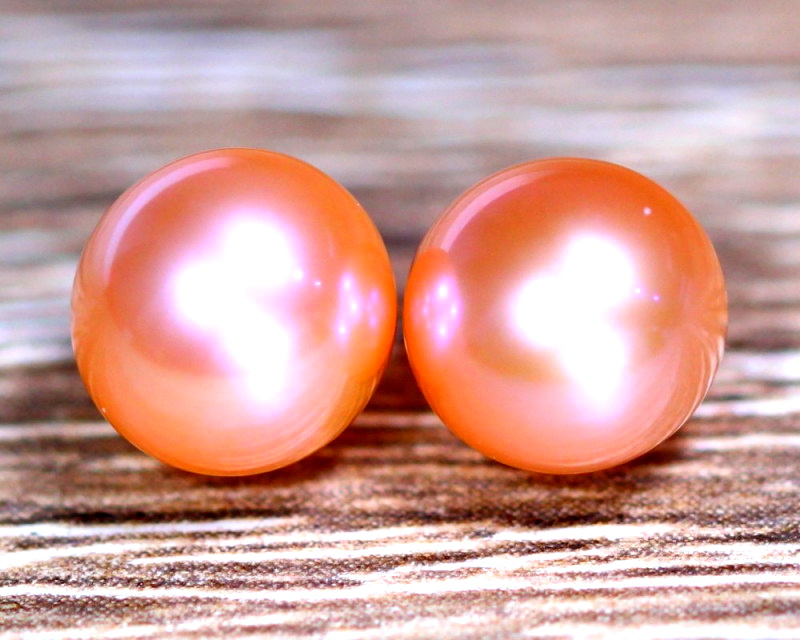 En la imagen de arriba: Perlas de akoya rosas
En la imagen de arriba: Perlas de akoya rosas
Perlas: Las gemas del mar
Posiblemente la piedra natal clásica de junio, las perlas son indiscutiblemente únicas. Para empezar, son mineraloides (no minerales) y una de las pocas gemas orgánicas , es decir, gemas creadas por un organismo vivo.
En este caso, las perlas se forman dentro de los moluscos cuando un irritante, como la arena, penetra en su concha. El molusco secreta capas de nácar alrededor del irritante. El nácar está compuesto de carbonato de calcio (calcita , aragonito o ambos). Las capas de nácar acumuladas crean el característico brillo perlado.
La rareza de esta piedra natal de junio es exclusiva de las perlas naturales, que crecen en estado silvestre sin intervención humana. La mayoría de las perlas actuales son perlas cultivadas , que crecen de la misma manera, pero los agentes irritantes son insertados por humanos en granjas de perlas.
Las perlas naturales suelen ser pequeñas e irregulares, mientras que las cultivadas suelen ser redondas o casi redondas. Siempre puedes verificar el origen de la piedra de nacimiento de tu perla enviándola a un laboratorio como el GIA .
Tipos y valor de las perlas
Algunos de los tipos de perlas más populares son:
Akoya : Primera perla cultivada y, generalmente, de mayor calidad; la acumulación de la capa de nácar es más lenta, lo que significa un mejor brillo y una forma más redondeada; a menudo blanqueada y teñida de blanco con matices rosados.
Agua dulce : Formadas por moluscos de agua dulce, generalmente cultivados; típicamente nácar más grueso, de forma más irregular y menor brillo pero con colores más elegantes que las perlas de agua salada.
Agua salada : Formada por moluscos de agua salada, generalmente cultivados; estándar histórico para perlas hermosas
Mar del Sur : Cultivado a partir de ostras de agua salada con labios plateados o dorados; nácar más grueso y más grande que las Akoyas; generalmente de color blanco, crema o dorado
Tahitiana : Cultivada a partir de ostras de agua salada de labios negros, principalmente en la Polinesia Francesa; solo perlas negras naturales, pero a menudo verde oscuro o gris; pueden ser blancas, azules, plateadas, moradas o amarillas; presentan una iridiscencia llamada "oriental".
El factor de valor más importante es lo natural frente a lo cultivado: las piedras de nacimiento de junio hechas de perla natural son significativamente más caras.
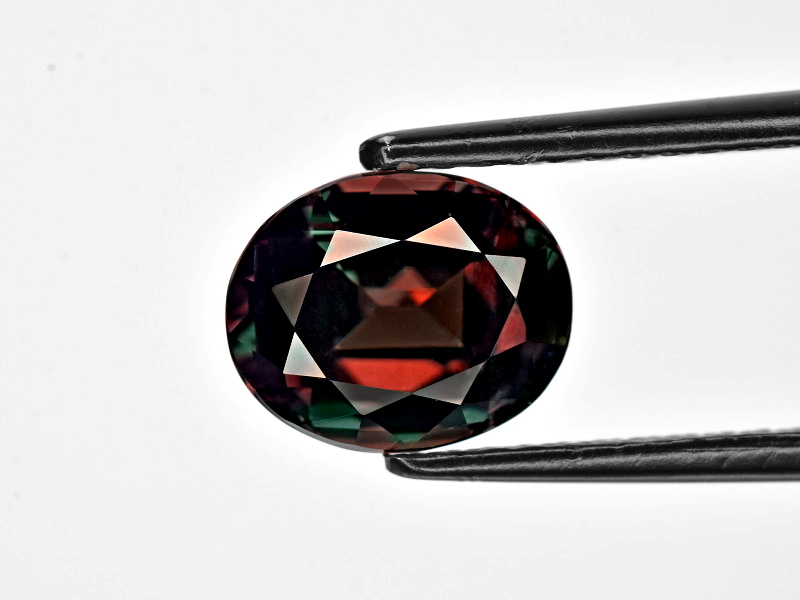
Alejandrita: La gema camaleónica
La alejandrita es una variedad de crisoberilo en la que parte del aluminio se sustituye por cromo. Es conocida por su cambio de color, causado por las impurezas de cromo.
¿De qué color es esta piedra natal de junio? Las mejores alejandritas son verde esmeralda durante el día y púrpura rojizo bajo la incandescencia, lo que inspira el apodo de "Esmeralda de día, rubí de noche". La mayoría son rusas.
Otros cambios de color incluyen del amarillo o melocotón al rosa intenso o del azul verdoso al magenta. La alejandrita de Sri Lanka suele ser verde oliva, mientras que la alejandrita brasileña suele ser más pálida.
La parte principal del valor de la alejandrita es la pureza, el grado y la proporción del cambio de color.
Las alejandritas de ojo de gato son especialmente raras y valiosas.
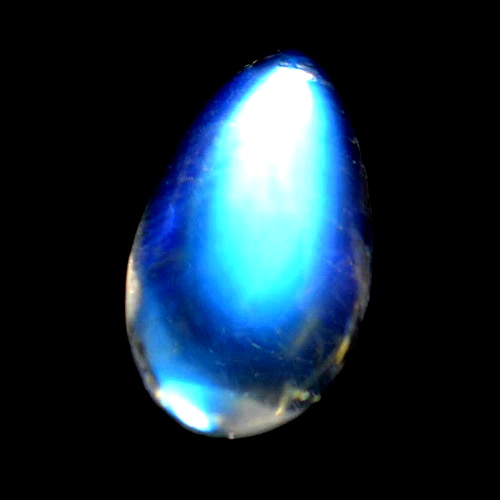
Piedra lunar: belleza y colores luminosos
Entre las tres piedras natales de junio, la piedra lunar es la más accesible pero no por ello menos sorprendente.
La piedra lunar presenta capas delgadas y alternas de feldespatos , albita y oligoclasa u ortoclasa . Cuando la luz penetra en estas capas, provoca el característico brillo interno flotante de la piedra lunar, llamado "adularescencia".
Las mejores piedras lunares son incoloras, con adularescencia azul pura. Pero el color de la piedra natal de junio también incluye tonos como el melocotón, el verde y el naranja.
La mayoría de las piedras lunares se tallan en cabujones , pero el tallado permite disimular imperfecciones y realzar su brillo. Otros cortes de piedras lunares incluyen cuentas y tallas.
Eso cubre la mineralogía y la apariencia, por lo que es hora de examinar las piedras de nacimiento de junio y sus significados.
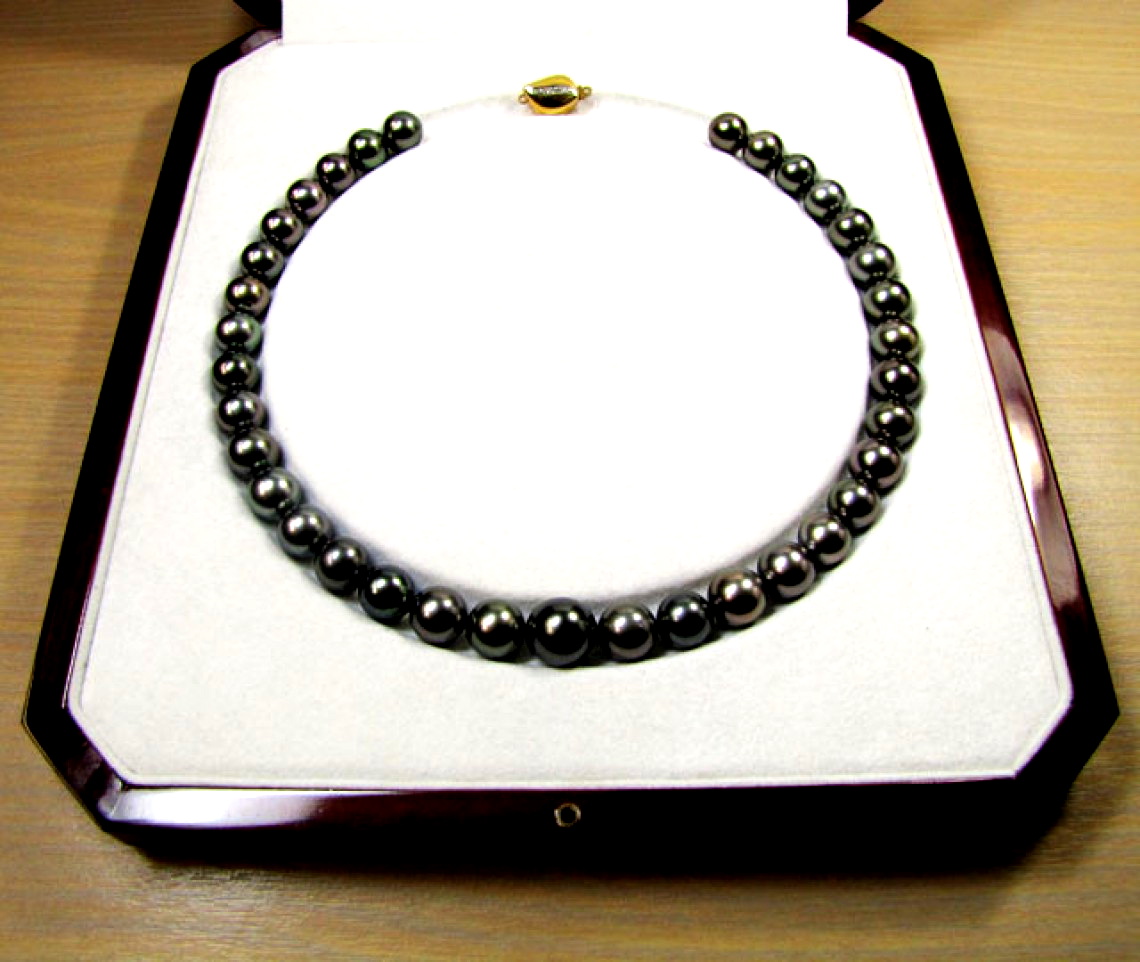 En la imagen de arriba: collar de perlas de Tahití
En la imagen de arriba: collar de perlas de Tahití
Perlas: Simbolismo y significado
A lo largo de la historia, las perlas se han asociado con la feminidad, la sabiduría y la transformación.
Feminidad
La apariencia etérea de la perla y sus orígenes acuáticos han inspirado asociaciones con la luna, la feminidad y el agua. La luna y las mareas se vinculan con los ideales tradicionalmente femeninos de conectar con las emociones cambiantes.
Se cree que el lado lunar de las perlas potencia la intuición y te conecta con los reinos espirituales. Además, las perlas se utilizan tradicionalmente para la fertilidad, el desequilibrio hormonal y un parto más fácil.
Sabiduría
El vínculo entre las perlas y el conocimiento se ejemplifica en las frases “perlas de sabiduría”, que significa consejo sabio, o “no arrojes perlas a los cerdos”, que significa sabiamente no ofrecer algo valioso a quienes no lo apreciarán.
En la Biblia, las perlas suelen representar el valor de la sabiduría. Las filosofías hindú, taoísta y budista mencionan las "perlas llameantes" como símbolo de la sabiduría espiritual. Algunos antiguos creían que las perlas contenían lecciones de vida y guiaban a los muertos hacia el más allá.
El “ocultamiento” y la formación de la piedra natal de junio también representan la sabiduría adquirida a partir de la experiencia.
Transformación
Las perlas tardan años en formarse, generalmente a partir de un grano de arena y convirtiéndose en una hermosa gema. Como era de esperar, estas piedras natales de junio representan la transformación.
Citando a la oradora motivacional Susan C. Young: “La ostra ha tomado lo que al principio era una irritación y una intrusión y lo utiliza para enriquecer su valor”.
Los antiguos asiáticos creían que las perlas simbolizaban el viaje del alma hacia la perfección. Los tarotistas conectan la perla con el viaje de El Loco como un camino de autodescubrimiento.
 En la imagen superior: Anillo de alejandrita con diamantes acentuados | Crédito de la imagen: Christina Rutz, Flickr , CC-BY-SA-2.0
En la imagen superior: Anillo de alejandrita con diamantes acentuados | Crédito de la imagen: Christina Rutz, Flickr , CC-BY-SA-2.0
La mística y las propiedades metafísicas de la alejandrita
La alejandrita no tiene tanta tradición, pero aun así ha adquirido importancia.
Al igual que la perla, la alejandrita simboliza la transformación . Se dice que la piedra de junio es rejuvenecedora y ayuda a afrontar los cambios de la vida.
La piedra que cambia de color también representa el equilibrio , ya sea el equilibrio emocional, el equilibrio físico y espiritual, o simplemente permanecer conectado a tierra.
Otras asociaciones con alejandrita incluyen buena fortuna, éxito y creatividad.

Significados y poderes de la piedra lunar
La piedra lunar comparte propiedades metafísicas con las perlas, con vínculos con la feminidad, la sabiduría y la luna.
Históricamente, los magos usaban piedras lunares estratégicamente para realizar hechizos basados en la fase lunar. Muchos místicos la usan como herramienta de concentración durante la meditación. Los cristalólogos la recomiendan para tratar el insomnio.
La piedra lunar también es indicativa de amor y matrimonio.
Una tradición india consiste en que las parejas se lleven a la boca la piedra de nacimiento de junio durante la luna llena para ver su futuro . Tanto los antiguos griegos como los indios creían que las piedras lunares facilitaban la previsión.
Para aquellos que no tienen pareja, una leyenda decía que podían atraer a su verdadero amor fijando la intención con una piedra lunar durante la luna llena y manteniéndola consigo hasta la siguiente luna llena.
Celebrando los momentos de la vida con las piedras natales de junio
¿Te preguntas cuál es la piedra de nacimiento de junio más popular?
En la mayoría de las joyas, las perlas son la reina. Sin embargo, la alejandrita es más común en los anillos con la piedra de nacimiento de junio, y la piedra lunar es la más disponible.
Astrológicamente, ¿cuál es la piedra de nacimiento de junio para Géminis? La alejandrita es la piedra de nacimiento ideal para los nacidos en junio, ya que satisface su ansia de equilibrio.
Para los Cáncer nacidos en junio, la piedra lunar y la perla se combinan perfectamente con el cuerpo planetario regente de Cáncer (la luna) y mejoran la intuición natural del signo.
Regalar una piedra natal de junio es un gesto significativo para celebrar a un ser querido.
Las opciones varían desde joyas con piedras de nacimiento de junio hasta decoración de rosas con incrustaciones de piedras de nacimiento (la flor de junio) o una pintura del cristal de junio favorito del destinatario.
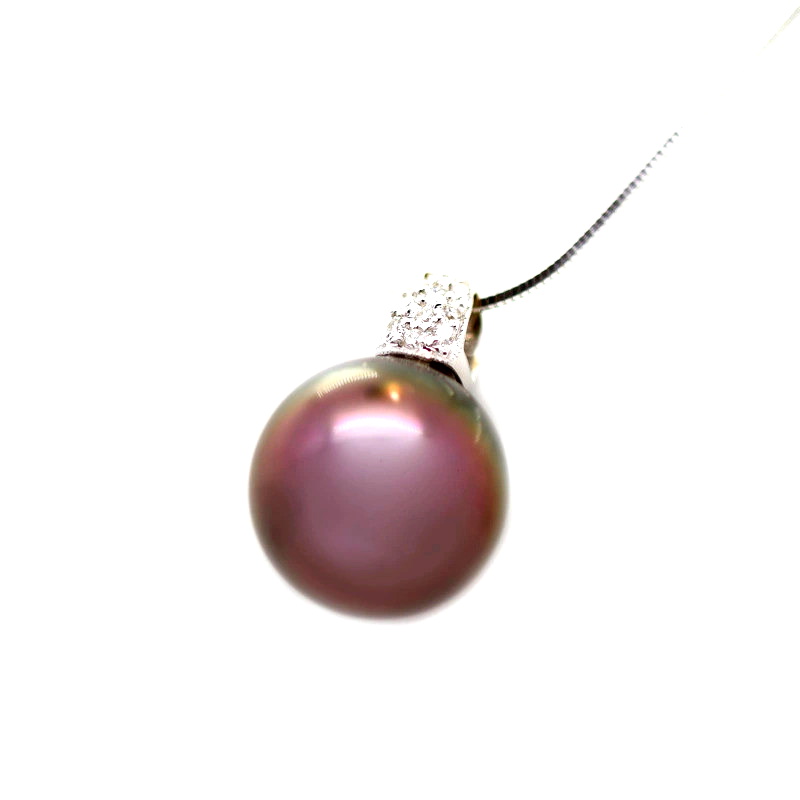 En la imagen de arriba: collar de perlas cultivadas de agua salada
En la imagen de arriba: collar de perlas cultivadas de agua salada
¿Cuál es tu joya de junio favorita?
Junio representa el amor, la emoción y el equilibrio, como lo demuestran la alejandrita, la piedra lunar y la perla. Cada una de estas gemas tiene su propio atractivo, y su variedad de apariencias y precios significa que hay una piedra de nacimiento de junio perfecta para cualquier presupuesto.
Buscar en el Gemstone Encyclopedia
Subastas relacionadas
Artículos relacionados
Cada persona tiene una piedra preciosa que corresponde a su signo zodiacal. Estas también se conocen como tu Piedra Estelar. Aprende más sobre estas piedras y descubre cuál es tu Piedra Estelar.
10th May 2018
Originalmente, las piedras de nacimiento o gemas se asociaban con un signo zodiacal o el mes de nacimiento de una persona. Descubra cuál es su piedra y vea las que tenemos a la venta.
8th Feb 2021
Hay docenas de gemas de cuarzo y calcedonia con diversos colores y patrones. ¡Aprenda todo sobre las propiedades del cuarzo y cada tipo de cuarzo, desde la amatista y el ágata hasta el cuarzo plasma y el cuarzo fantasma!
15th Oct 2020
últimos artículos
Las tallas de marfil de palma, también llamadas marfil vegetal, son una alternativa natural al marfil de elefante, extraído éticamente de la nuez de palma de la palmera sudamericana Phytelephas. ¡Aprenda todo sobre el marfil de palma en esta guía!
15th Jan 2026
Las piedras de flores de crisantemo son maravillas naturales que presentan un patrón floral de calcita blanca, celestita o andalucita sobre piedra caliza negra o lutita.
13th Jan 2026
La piedra solar reticulada arcoíris es una variedad de feldespato con tres magníficos efectos ópticos causados por la presencia de diversas inclusiones. Su vibrante colorido y su patrón reticular la convierten en una rara joya de colección.
12th Jan 2026
Categorías de artículos
How To's is where you will find helpful articles from gem Rock Auctions on how to cut gemstones, select gemstones and buy gemstones.
9 Artículos



